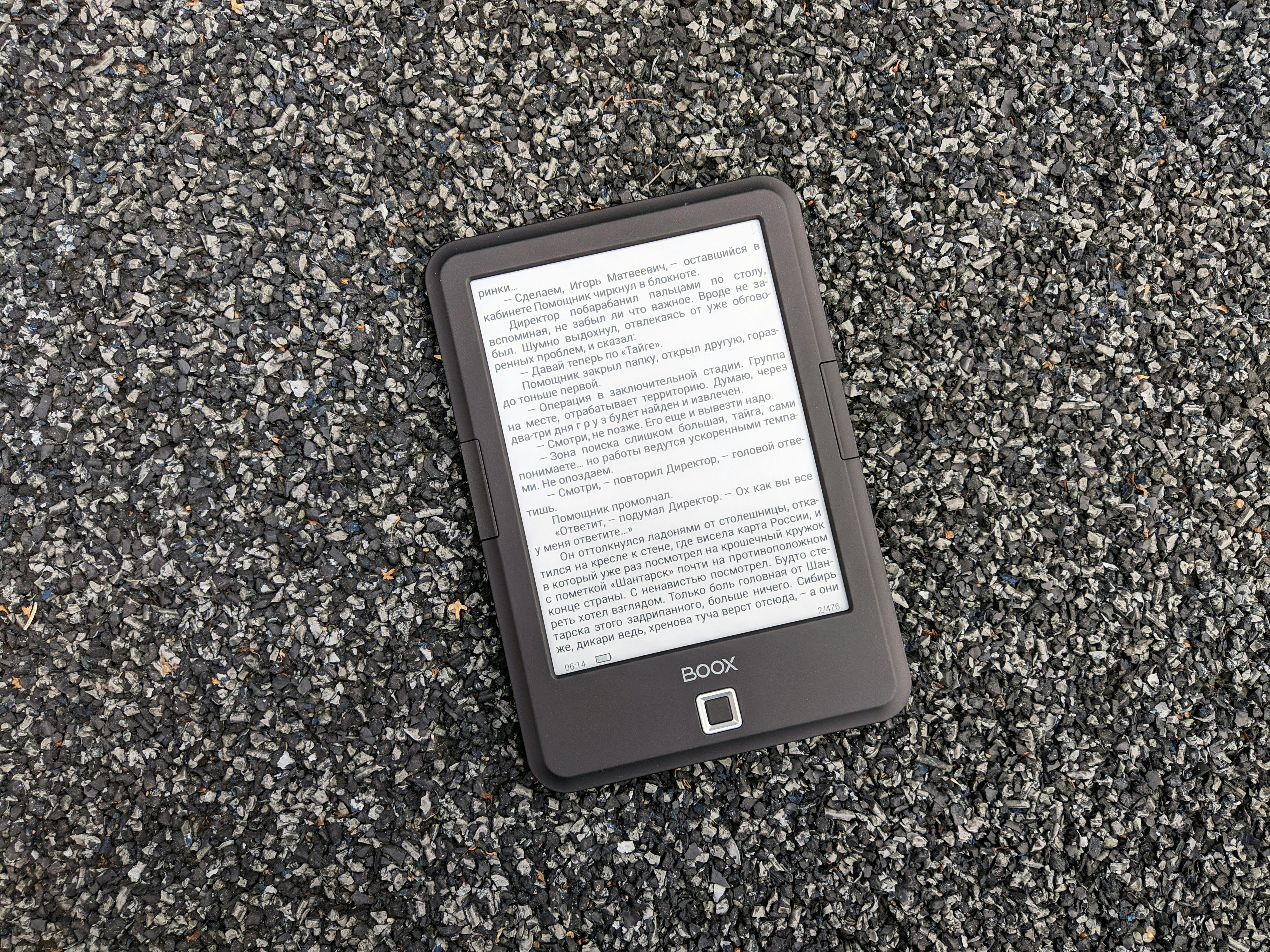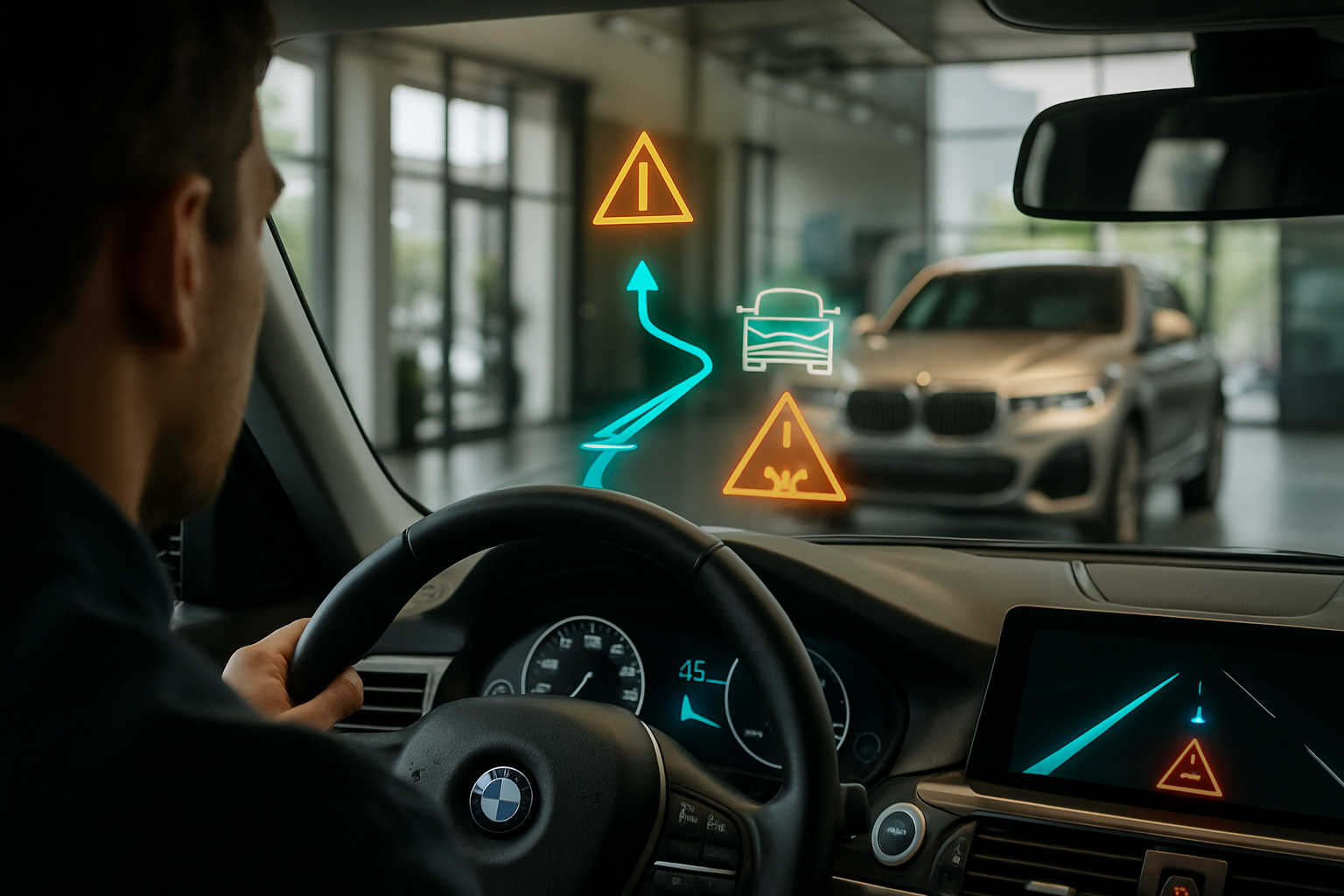The Future of Tech: Delving Into the Realm of E-Paper
The world of technology is ceaselessly evolving, and in the forefront of these advancements, e-paper technology is creating a fascinating buzz. This article dives into the history, current applications, and future prospects of this revolutionary technology.

A Technological Leap: Tracing the Trajectory of E-Paper
E-paper, or electronic paper, is a portable, reusable electronic display medium that emulates the appearance of regular ink on paper. The inception of e-paper dates back to the 1970s, when Nick Sheridon at Xerox’s Palo Alto Research Center (PARC) initiated the development of Gyricon, the first electronic paper. Gyricon sheets were comprised of tiny rotating polyethylene spheres, half white and half black, suspended in a layer of transparent silicone. When subjected to an electric field, these bi-colored spheres would rotate to display different colors, creating an image or text.
This technology was later picked up by E Ink Corporation in the late 1990s, further advancing the concept and applying it to consumer products. E Ink’s e-paper technology was first commercially employed in an e-book reader, the Sony Librie, in 2004.
E-Paper Today: A Revolution in Display Technology
Today, e-paper technology is primarily utilized in e-readers, digital signage, and smartwatches due to its low power consumption and excellent readability, even under bright light. The Kindle series by Amazon is one of the most popular applications of e-paper, providing users with a comfortable reading experience that closely mimics a physical book.
In recent news, E Ink unveiled its latest color e-paper display, Kaleido Plus, at the CES 2021 conference. This new technology promises to deliver a richer and more vibrant color palette, thereby expanding the possibilities for e-paper applications in sectors like education and art.
The Price Point and Market Impact
The market for e-paper display devices, currently valued at around $2.8 billion, is projected to reach $6.3 billion by 2027, growing at a CAGR of 11.2%. The increasing demand for on-the-move information, the rising popularity of e-readers, and the need for energy-efficient, high-quality displays are key factors driving this growth.
E-readers are the core market for e-paper, with Amazon’s Kindle devices ranging from $90 to $350. As the technology matures and becomes more accessible, we can expect a broader range of products at different price points.
A Peek into the Future of E-Paper
The future of e-paper is likely to extend far beyond e-readers and digital signage. With advancements in flexible e-paper technology, we might soon witness a new era of foldable smartphones and tablets. E-paper wallpaper that can change its pattern or color on command is another exciting possibility.
Moreover, e-paper could play a significant role in sustainable technology, considering its low energy consumption and potential for solar charging. This could lead to the creation of self-powered devices, contributing to the reduction of electronic waste and energy use.
Wrapping Up
E-paper technology, with its unique blend of versatility and energy efficiency, is poised to transform the way we interact with electronic displays. As we step into a future where sustainability and innovation intertwine, e-paper promises to be a game-changer, revolutionizing not only our reading habits but also our everyday digital experiences.




